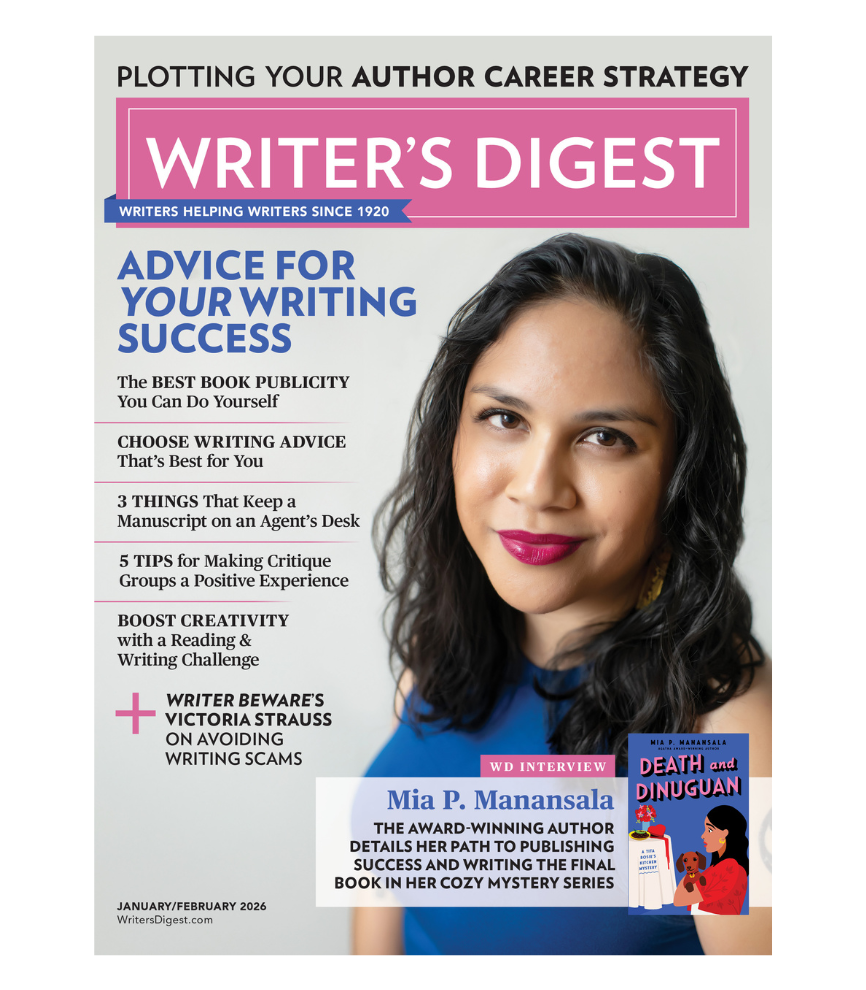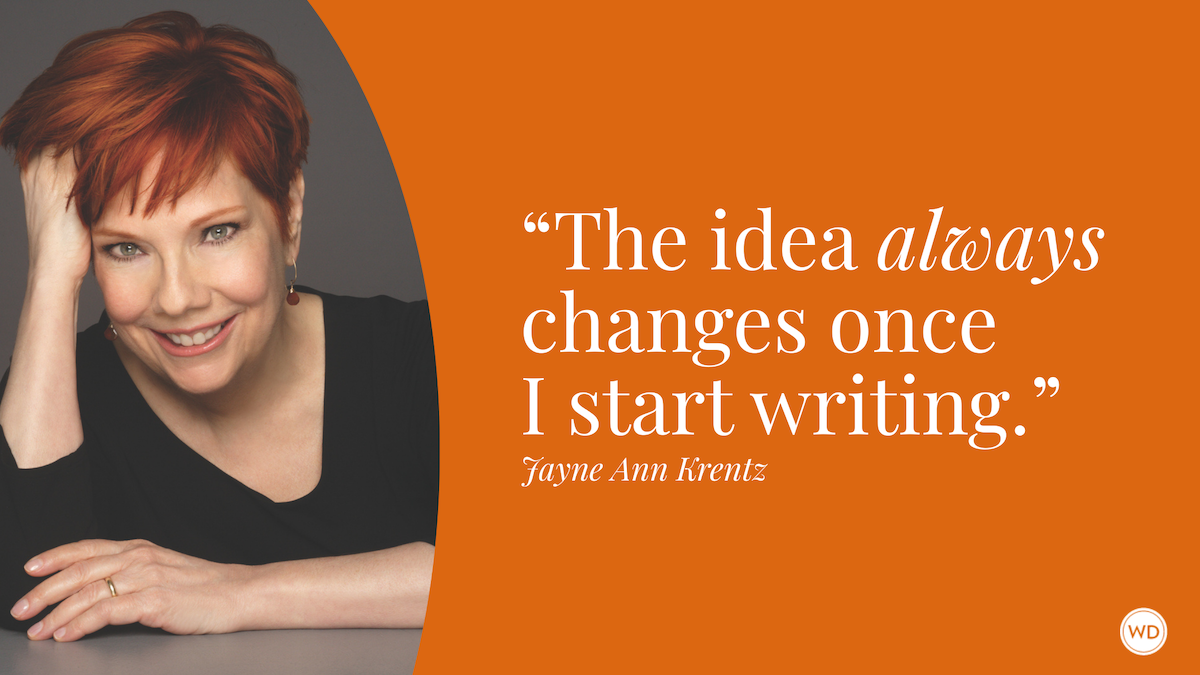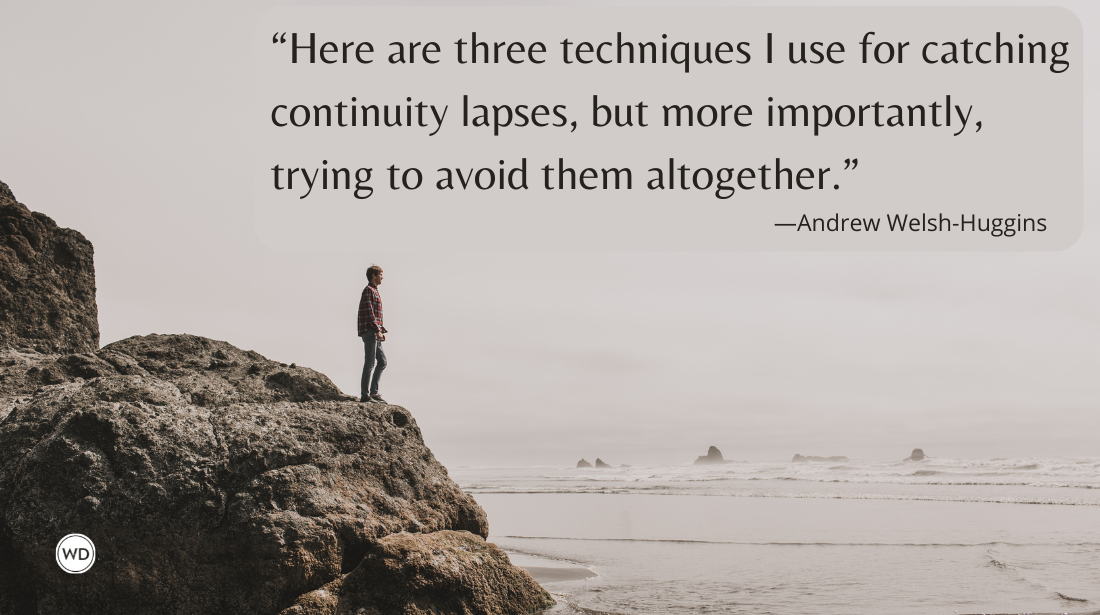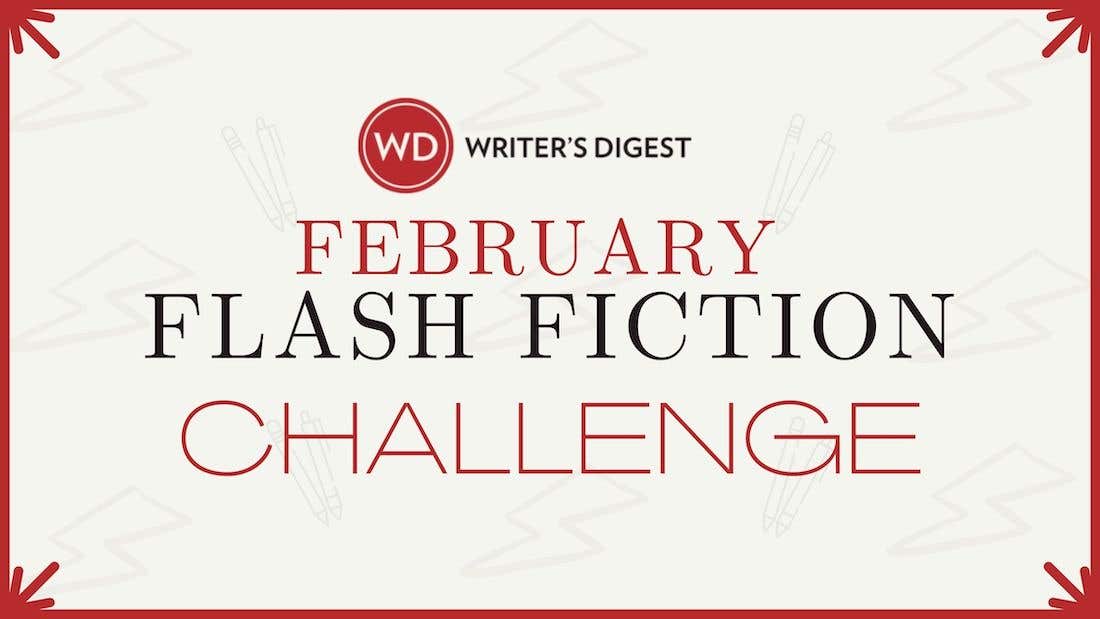What Is The Queen’s Path in Fiction?
Author and licensed therapist Stacey Simmons argues against trying to force women protagonists into The Hero’s Journey (THJ). Instead, writers should consider sending her on The Queen’s Path (TQP). Includes the 13 steps of The Queen’s Path.
I have been in too many writing workshops where an instructor with the best of intentions has handed out a story map of The Hero’s Journey (THJ) and told everyone to use it as a guide in helping structure their work. Joseph Campbell first described the Hero’s Journey to a global audience in the PBS interview series and companion book, The Power of Myth. Campbell was one of the first to show writers (and everyone else) that the structures we relied on in storytelling were mythic. What he was explaining was that the story elements, the journey, the plot, the characters, all had a tether to the archetypal realm.
Campbell (maybe a little arrogantly) called this pattern a monomyth. He described a monomyth as a universal pattern that emerged in every culture. He believed that the story of the hero was at the center of every individual’s journey to understand themselves and make a place for themselves in the world. The more the story fits an archetypal pattern, the more we identify with it. However, there is a limitation of the story of the quest and the hero taking it. The Hero’s Journey is a story about the trials and tribulations along the path for men.
I know this is a controversial idea. Indeed, I hated and resisted the discovery I am about to share with you. I didn’t want it to be true! Women don’t have a fundamental difference in our ability to achieve the goal. We have a critical difference in whether or not we are allowed to meet the quest in the same manner. Many writers have made the effort to map a heroine’s journey from the tried-and-true THJ.
The problem is it doesn’t work. No one asks Clark Kent if he thinks his job as a journalist at The Daily Planet is going to interfere with his desire to have a family. Frodo isn’t concerned that Samwise is secretly hoping to score a sexual favor on the road to Mordor. Atticus Finch doesn’t hear that he should smile more so that the jury doesn’t think he's a bitch. No one questions whether Pete “Maverick” Mitchell would be too emotional during that time of the month to successfully execute a fighter-pilot mission.
Women’s journeys, whether in the real world, or in the narratives we create, are shaped by the experience of being…well, women. Men go on a quest to achieve a boon and return the elixir of life to their people. They are never thwarted by Bob from accounting trying to tank their career because he was turned down for a date. To be a woman means to have to navigate marriageability, virginity, sexuality, and cultural expectations in ways that men never have to.
A woman’s experience is shaped by the expectations that institutions, families, and colleagues place on her. The limitations that these roles put on her by culture and society intentionally keep her in a prescribed lane. Whether we like it or not, these structural impediments are real. As such, a woman can’t experience the quest in the same way a man does. She may know fundamentally that she is capable of everything her male counterpart is, but she will not have the same path to arriving at that goal.
In fact, the achievement of the goal is not enough. When a hero like Arthur goes looking for, and finds Excalibur he becomes King of the Britons. When a woman finds the sword, she becomes the Lady of the Lake, holding Excalibur under the water with nowhere to wield it.
Critical to understanding her path is understanding that the expectation on women, and thus female characters, is that she will be a “good girl” so that she fits into the cultural expectations. If she doesn’t or can’t, she falls into the only other option for her—often presented as a “bad girl” or “wicked witch.” This is part of our cultural legacy. I call this experience The Divide.
Women often find themselves being forced into one of two tracks on this journey, modeled on Good Girl (acceptable, passive, conforming, submissive) or Bad Girl (unacceptable, active, rebellious, outspoken). To be in the Divide means that as individual women, we know that neither Good Girl nor Bad Girl are 100% of our experience. Women know that we are more complex, our stories richer than these singular dimensions. In order to make the leap we need a bigger archetypal understanding. We need our own archetypal monomyth.
The discovery of this new model was made by accident. It was the end of a master’s degree in depth psychology. I examined the archetypes in movies, wrote my findings, and then got to work building a psychotherapy practice. But then the archetypes I discovered started showing up in my consulting room in the lives of my patients. They intruded on my evenings watching shows like The Handmaid’s Tale and Killing Eve. They invaded my awareness when I enjoyed novels like The Ninth House, by Leigh Bardugo. Pretty soon I went looking for them and found them in everything from the first epic poem written about a woman in ancient Sumer, Inanna, Lady of Largest Heart, to Patty Jenkins’ 2017 Wonder Woman.
I call it The Queen’s Path, and it is not a newly developed model, it is a newly discovered one. The Hero’s Journey has been around in mythology for thousands of years, but Joseph Campbell discovered it 75 years ago. This new model has similarly been around for thousands of years, and it is only now finding its way into our consciousness.
The Queen's Path is marked by a woman finding herself in the Divide and then having to navigate through the perils of being a woman until she arrives at the experience of reclaiming her embodiment. From this place, she can claim full ownership of herself and achieve sovereignty. Where freedom is something granted by someone else, (a government, or a spouse), sovereignty is the full knowledge that you own yourself- body, mind, and soul.
The 13 Steps in The Queen's Path Are:
- Once Upon a Time—Her arrival in the world and her invitation to the Queen’s Path is announced.
- Cursed & Marked—She receives a curse, and a mark of that curse.
- Blind—She can’t see what’s coming, even when it’s obvious.
- Cleaved—She is separated from herself, and finds herself on the track of either the Maiden In Search of Relationship (MISOR) or Magical Isolated Powerful & Enchanted (MIPE).
- Mirror—She faces the part of herself she has been divided from, either in herself or symbolically in someone else.
- Commit—She commits to her role, trying to fit the expectations of everyone around her.
- The Hunt—She is chased, sometimes towards marriage or sex. Sometimes she is the one doing the hunting—a job, a marriage, a goal. It keeps her in a state of stress.
- Abjection—She denies the parts of herself that can make her a full human being. If she gets a Happily Ever After, the story ends here. It can also end in her choosing ambition over everything else.
- Choice—She has to confront the danger of the Abjection choice. She must choose to allow the lost sister self.
- Embodiment—She realizes that her power and identity are BECAUSE she is a woman. She finds power in her body and its capacities.
- Claim the Territory—She stakes a claim on those things that are uniquely hers. Her gifts, land, powers, values—these are the combination of qualities regardless of whether anyone agrees or not that are unique to her.
- Gather the Tribe—She gathers like-minded women (and men) around her. She realizes that her world is made up of people she loves, and who love her.
- Crowned—She takes the crown, the throne, the symbol of her sovereignty. She owns herself.
The path to sovereignty is the journey every woman is on, regardless of whether or not she is a quiet ingénue or a bawdy witch. If she can reconcile the pieces of herself that she knows are her own unique path to individuality, she can achieve the crown of sovereignty and make her own way without the chains of roles and expectations standing in her way. Then, if it still interests her, she can become a hero.
Check out Stacey Simmons' The Queen's Path here:
(WD uses affiliate links)
Stacey Simmons, MA, PhD, LMFT is a licensed Marriage and Family Therapist and Certified Psychedelic Therapist. Her clinical practice focuses on helping creative professionals with everything from early trauma to creative blocks. After a debilitating few years being haunted by nightmares, Stacey left a career in entertainment to become a psychotherapist. She is a clinical supervisor at Hope Therapy Center in Burbank, California. Stacey is a leader in women’s spirituality, having co-founded a church for Wiccans in her native New Orleans. She engages with spiritual seekers on Tik Tok as The Witch Mom @WitchDaily, where she has over 300,000 followers. She is a volunteer researcher with The Integrative Psychiatry Clinic at the Semel Institute for Neuroscience and Human Behavior at UCLA, as well as an affiliate researcher with the TranceScience Research Institute in Paris, France. She holds a PhD from the University of New Orleans and a master’s degree from Pacifica Graduate Institute in Santa Barbara, California.









